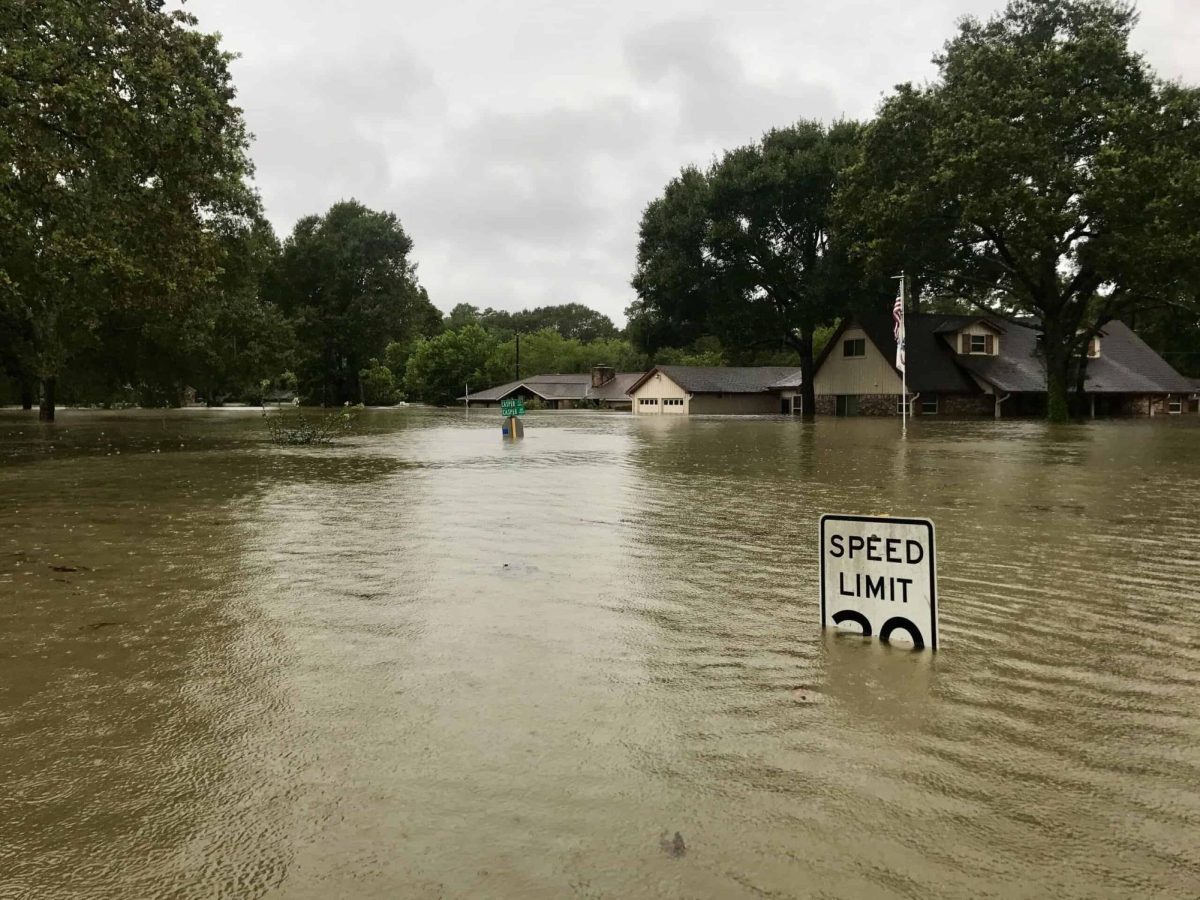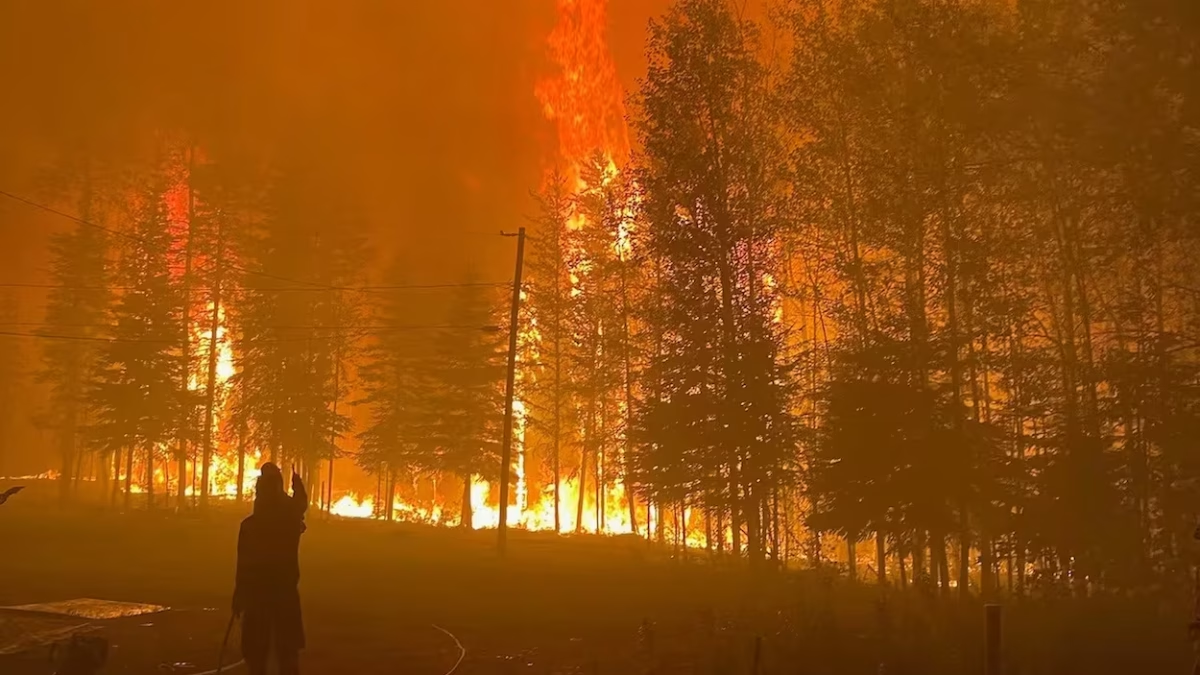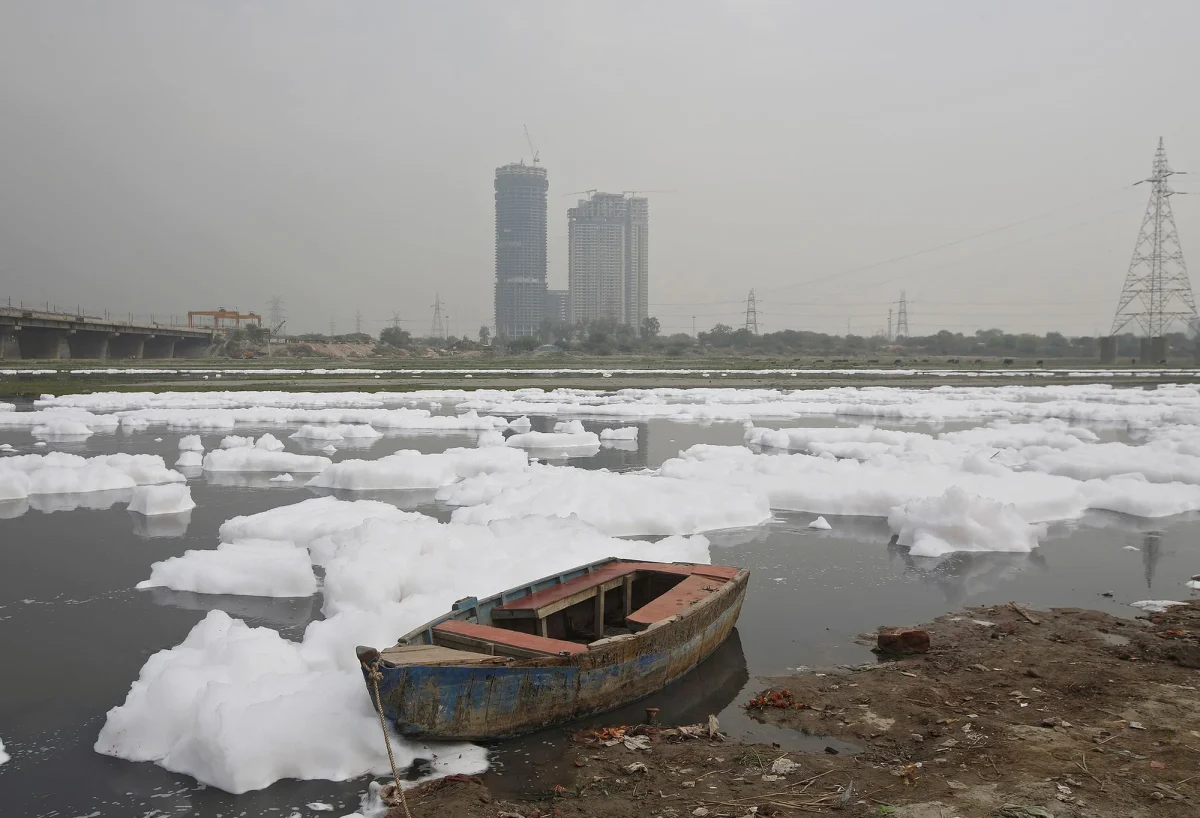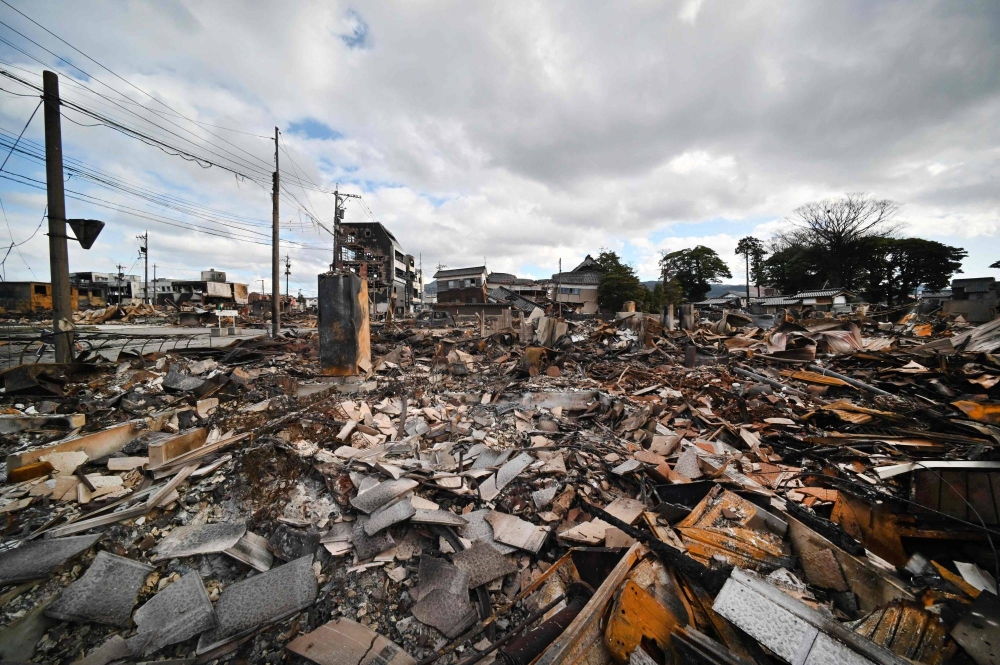The United States is facing the rising level of its waters.
The east coast is sinking faster than any other land as a result of an ancient ice sheet moving. The ice sheet is called the Laurentide Ice Sheet. It started melting 12 000 years ago, and coated most of North America and south New Jersey. It pushed down the Northen lands under its weight. When it began melting, it pushed up the north and the mid-Atlantic to sink. The process will continue and it will make the land shorter and shorter. Another impact is the global warming and the glaciers melting down. These are alarming events.
In the United States, some lands have been losing over 3.8 centimeters per decade. All of this could add up to 10 centimeters of land lost by 2050. Those lands are the ones that are mostly located in the mid-Atlantic, so the ones that are closer to the water. Some of the cities that could sink are Charleston, South Carolina and Savana, Georgia.
It is well known that this phenomenon would have happened, but scientists have never thought that it would be this fast. Most of them would have expected it to happen around 2050 but not before that.
This phenomenon is putting at risk a lot of infrastructures, property, and other civil places. The population could also be badly impacted. “This study finds that subsidence rates of 2 mm per year affect a maximum of 2.1 million people, 867,000 properties (median exposure), and significant infrastructure on the East Coast of the United States,” says Manoochehr Shirzaei, an environmental security expert at Virginia Tech. “This hazard is a major threat to metropolitan cities such as New York, Baltimore, and Norfolk, whose populations and properties intersect directly with the rising seas.”.







